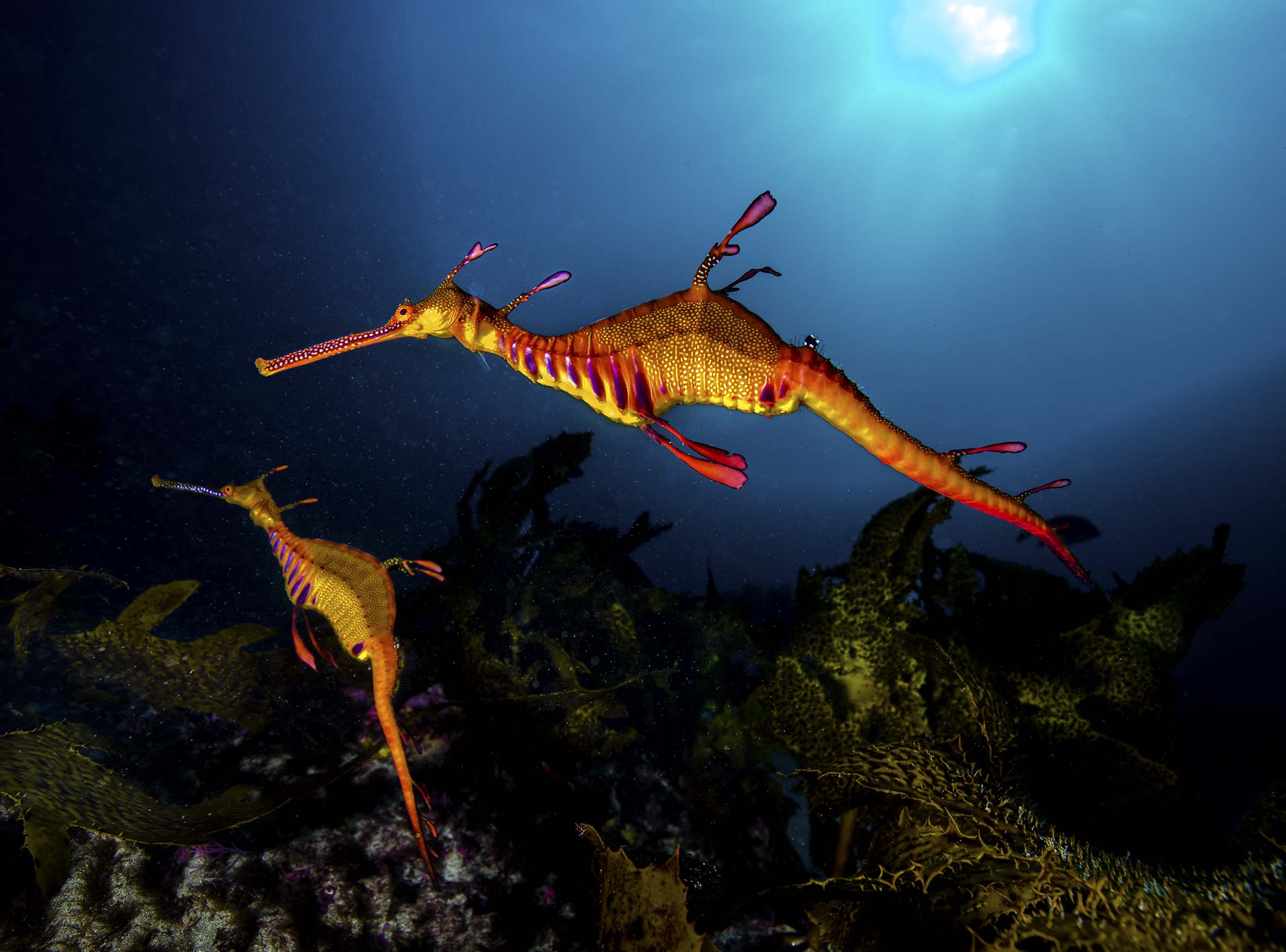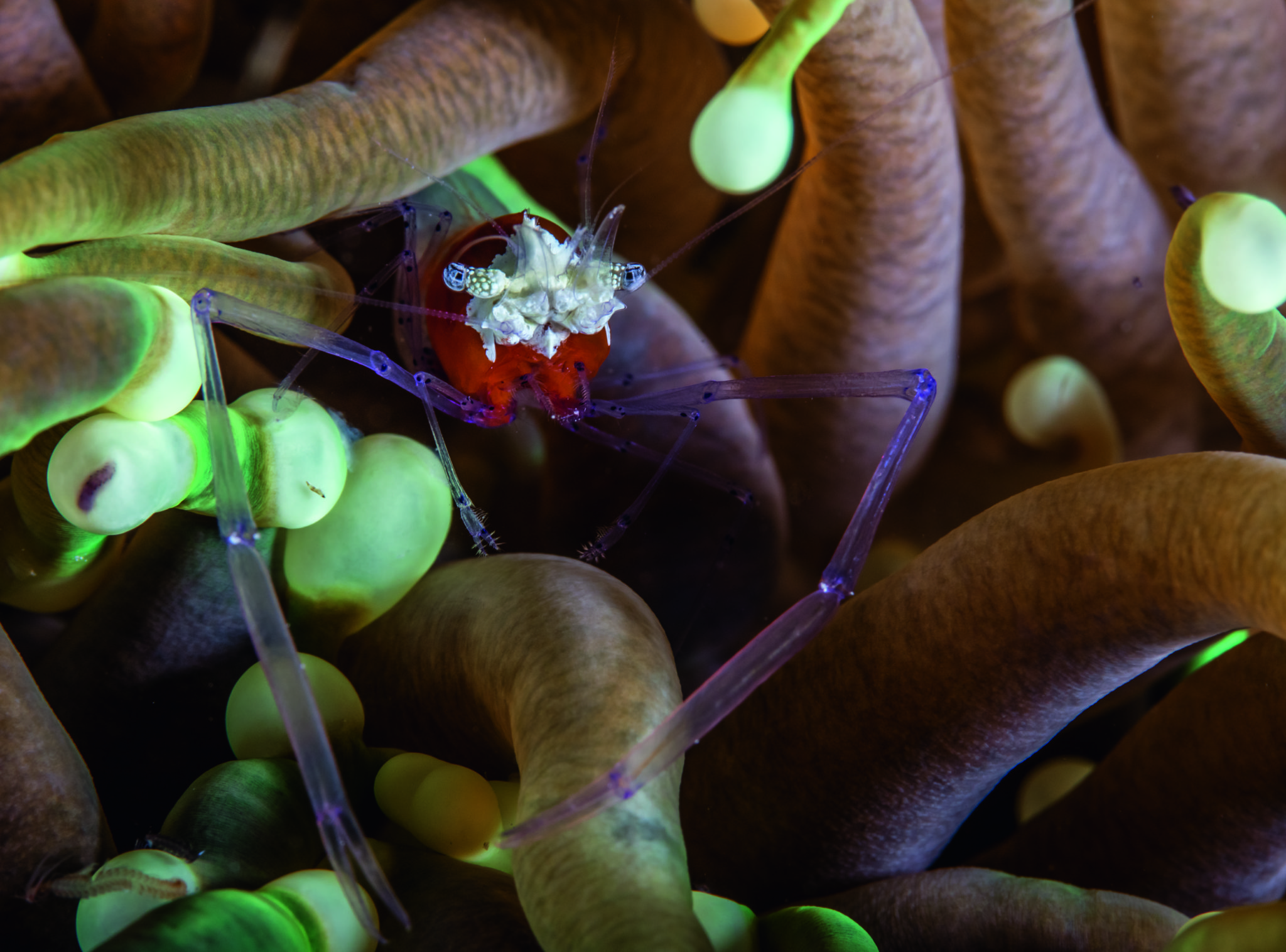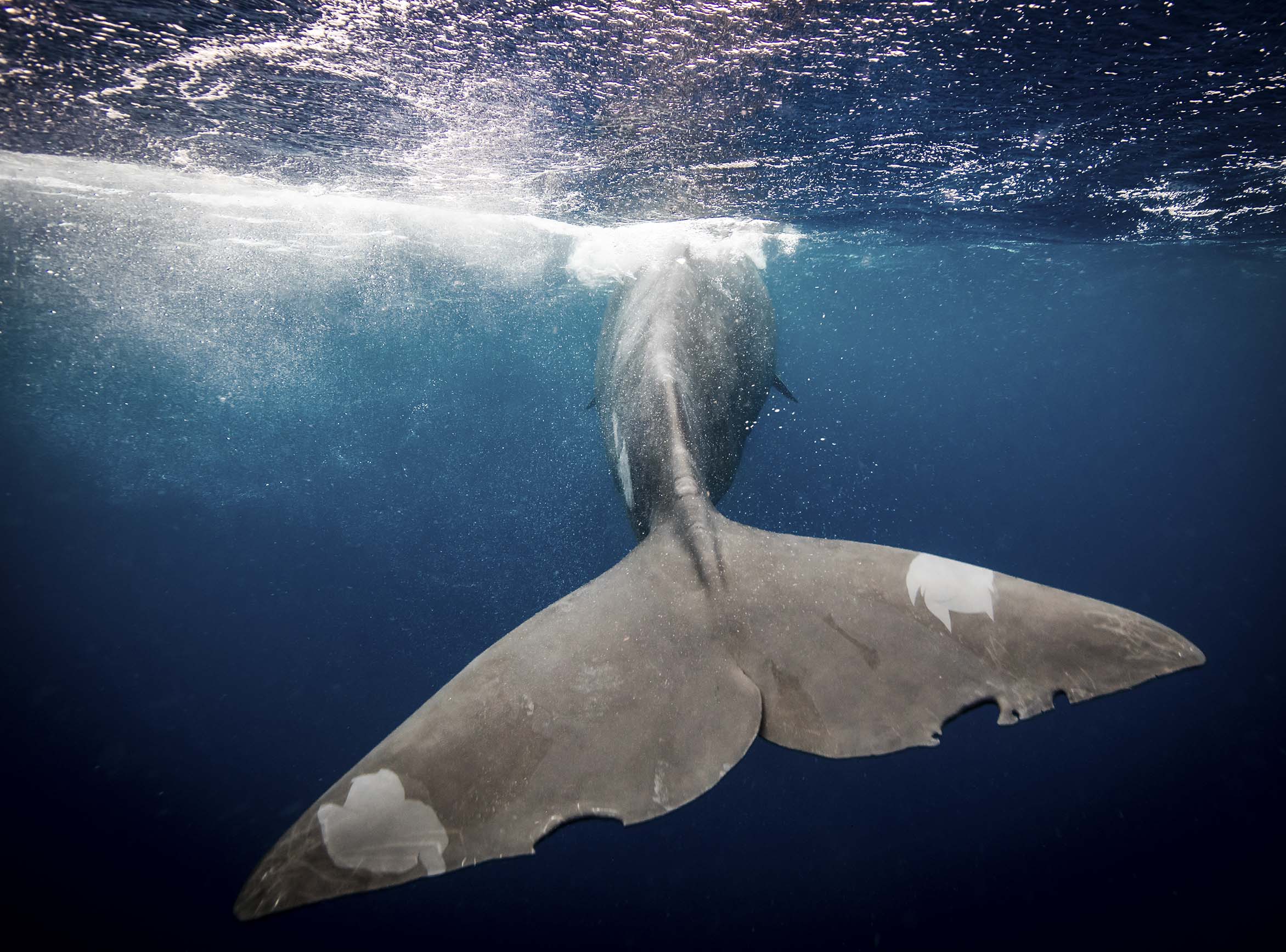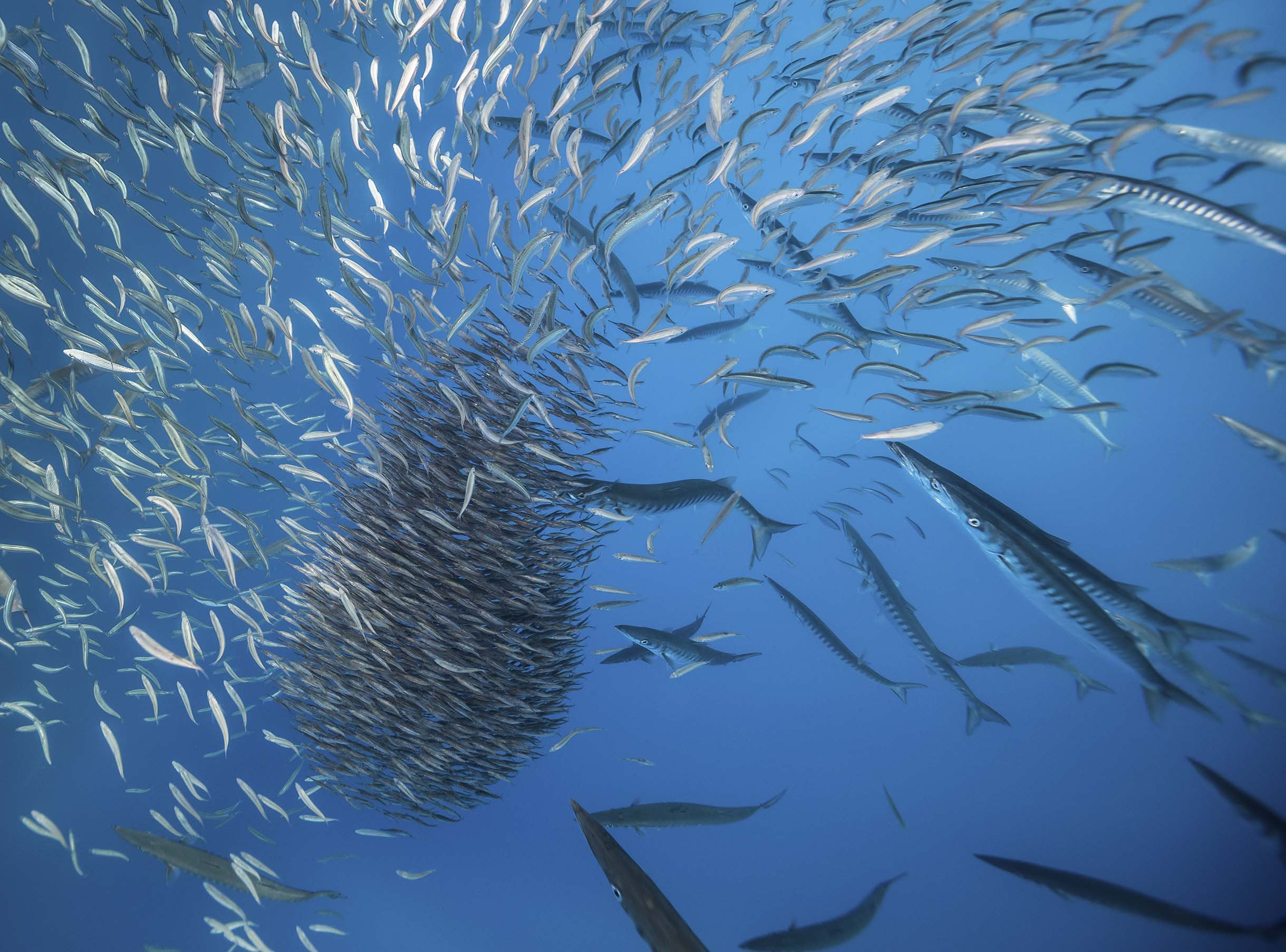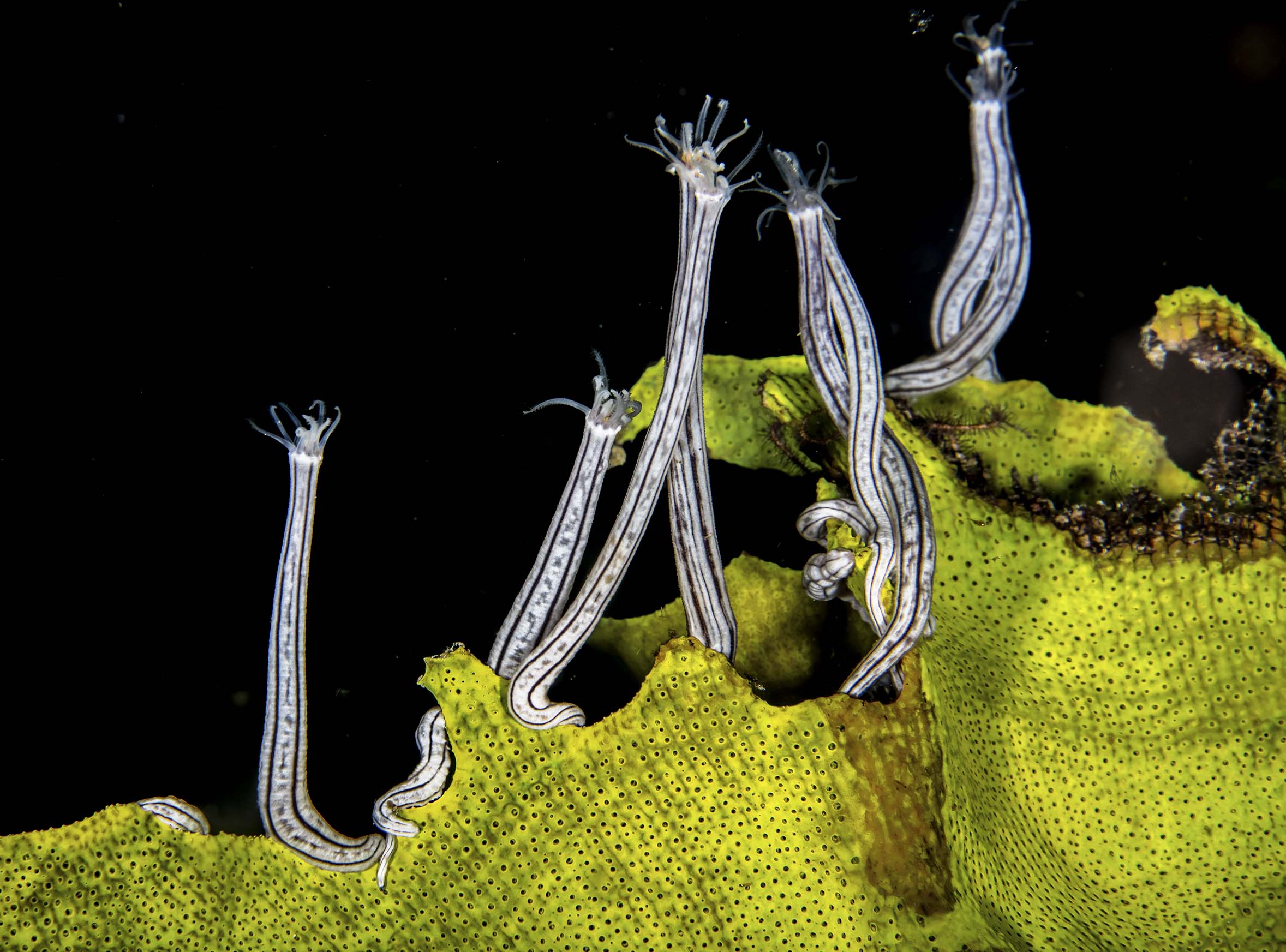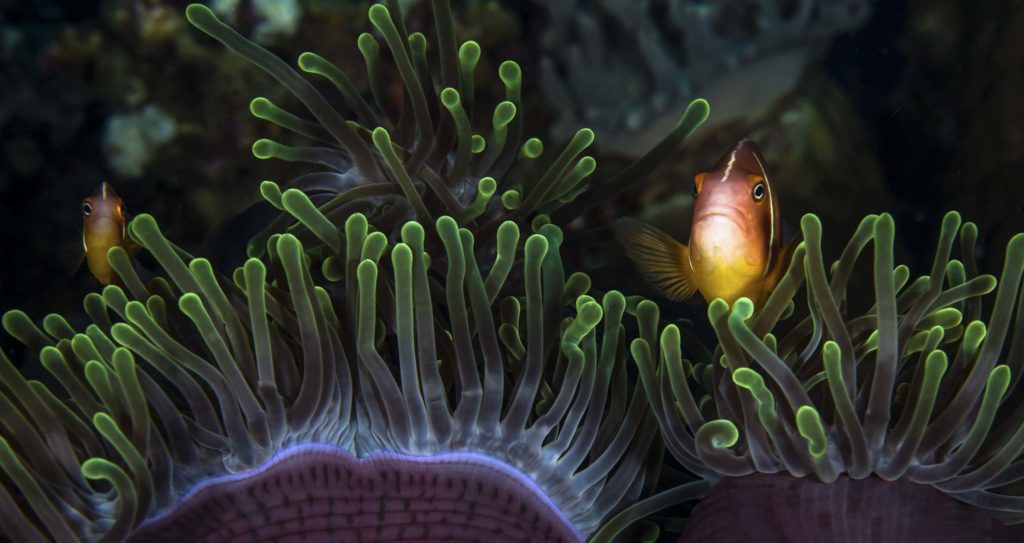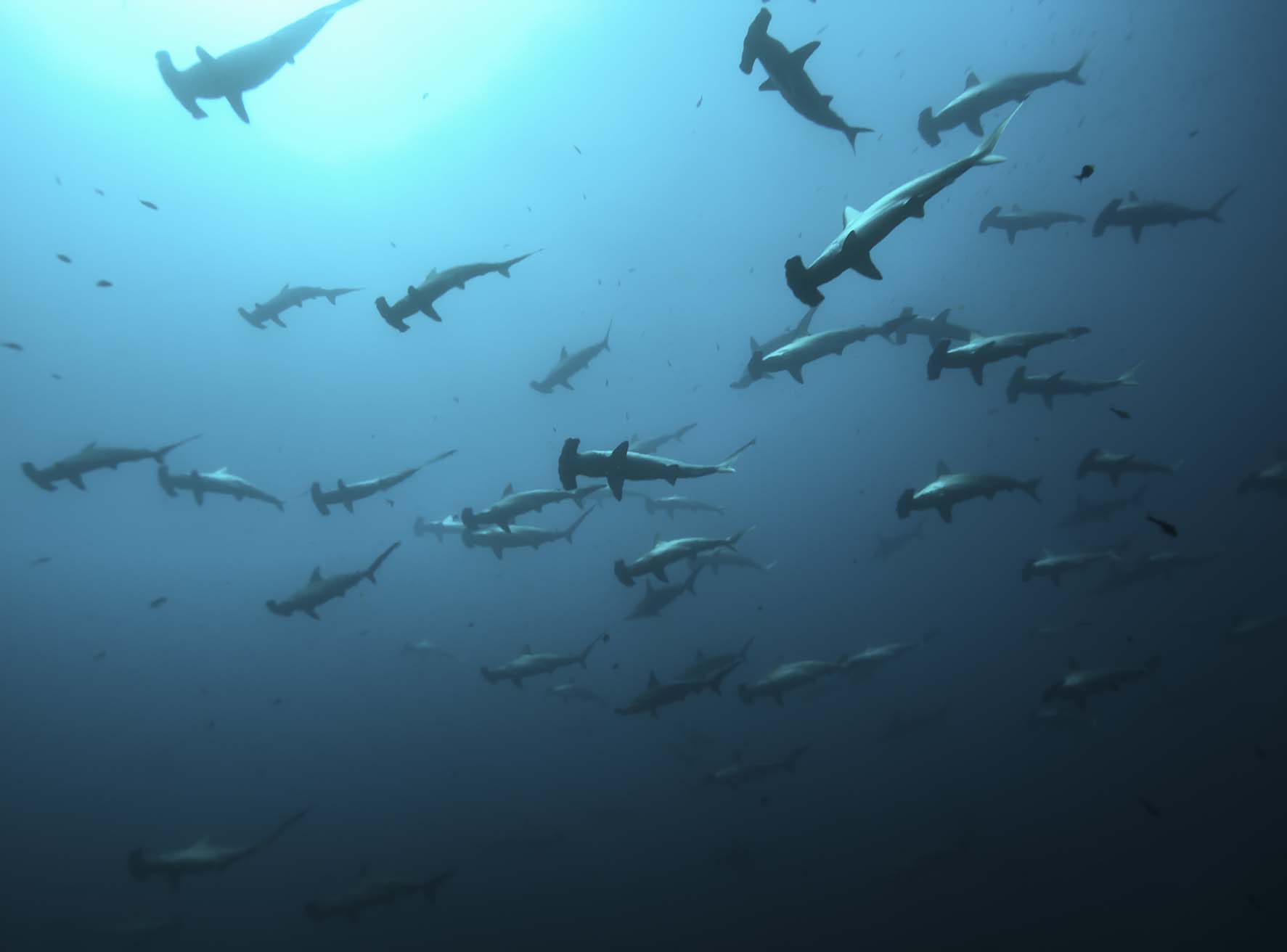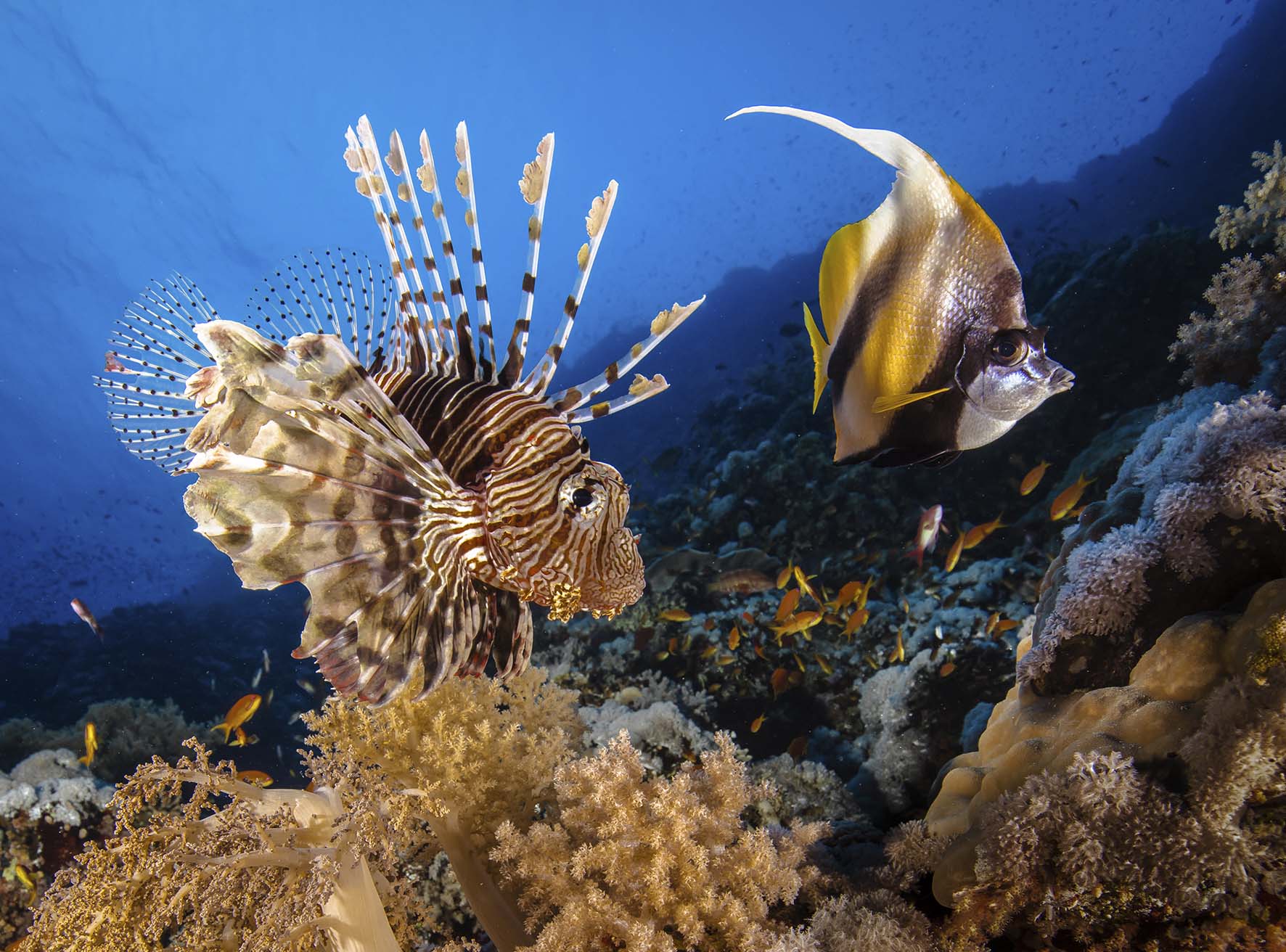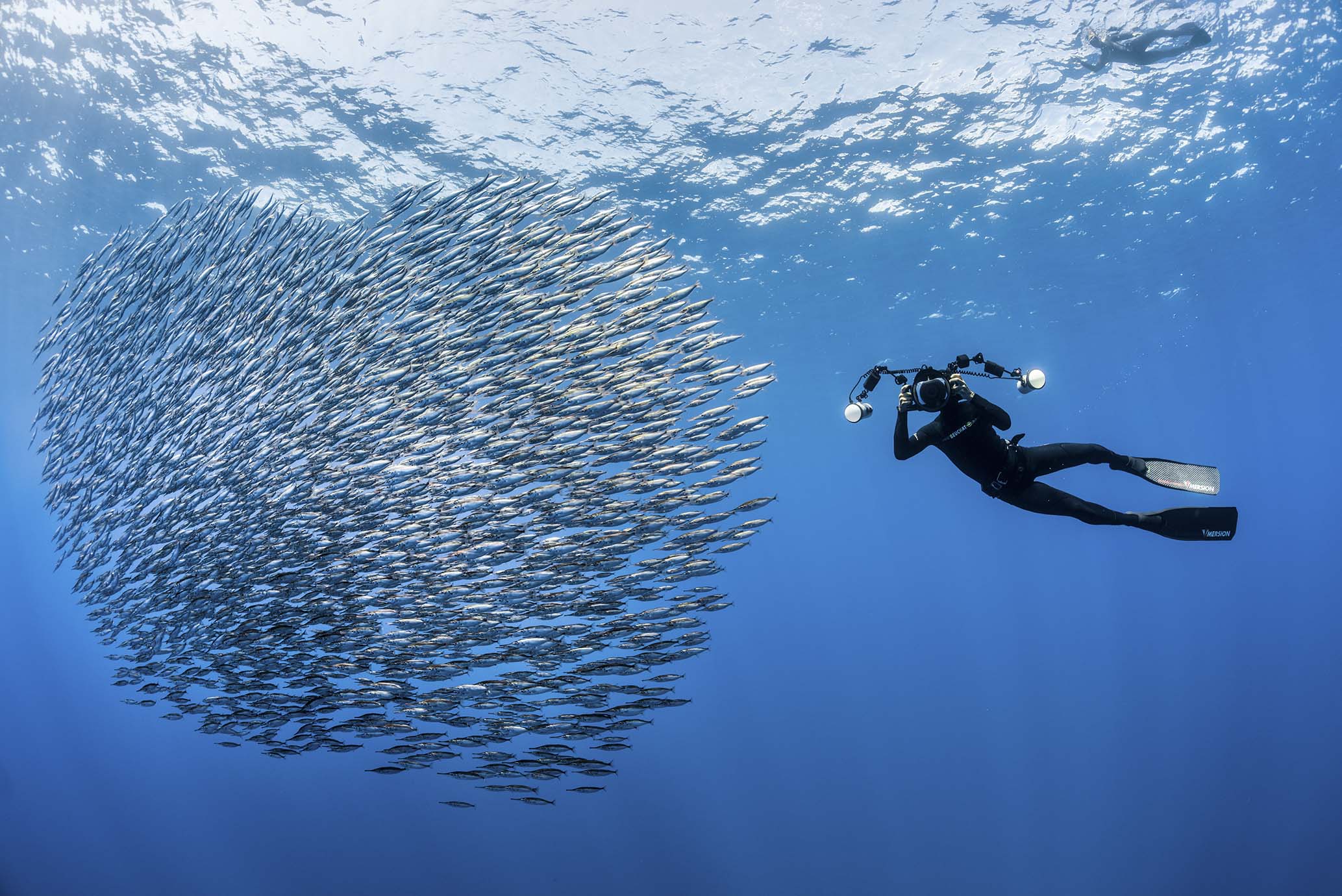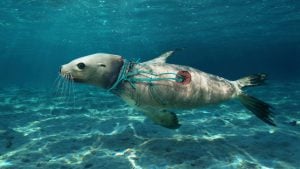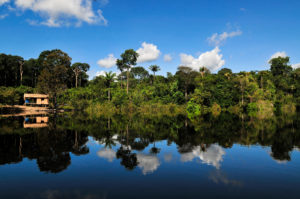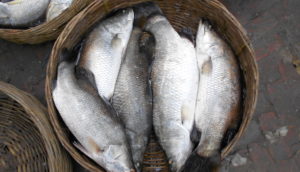Photographer and ocean conservationist Philip Hamilton’s latest book “Call of the Blue” is the culmination of a five-year project to capture the magnificence and diversity of the ocean before it is lost. This breath-taking book combines photos with contributions from acclaimed scientists and ocean “guardians”, who have dedicated their lives to understanding and preserving the ocean.
Hamilton aims to bear witness to the fragility of the ocean:
“When I started underwater photography many years back my intention was to share it with friends and hang some beautiful pictures on a wall. Unfortunately, given what I have witnessed over the last 30 years at sea, I find I can’t share the lovely photos without raising the alarm. The message had to change and the audience had to be greater, unlimited, and global, matching the size of the problem.”
He hopes his photography will influence global policy makers in the same way pioneer photographers and explorers managed to influence the US government in 1872 to create Yellowstone Park and many subsequent national parks.
Featured “ocean guardians” and experts describe the mounting pressures from overfishing, pollution, rising temperatures and acidification.
Over the past 50 years we’ve lost 50% of the world’s coral reefs and 95% of the largest fish. Many species are on the brink of collapse.
Without significant changes, more than half of the world’s marine species could face extinction by 2100.
The ocean is our main source of life. It is home to 90% of the world’s species, generates 60% of all oxygen and absorbs most of the planet’s heat and carbon dioxide. The ocean feeds a third of the world’s population.

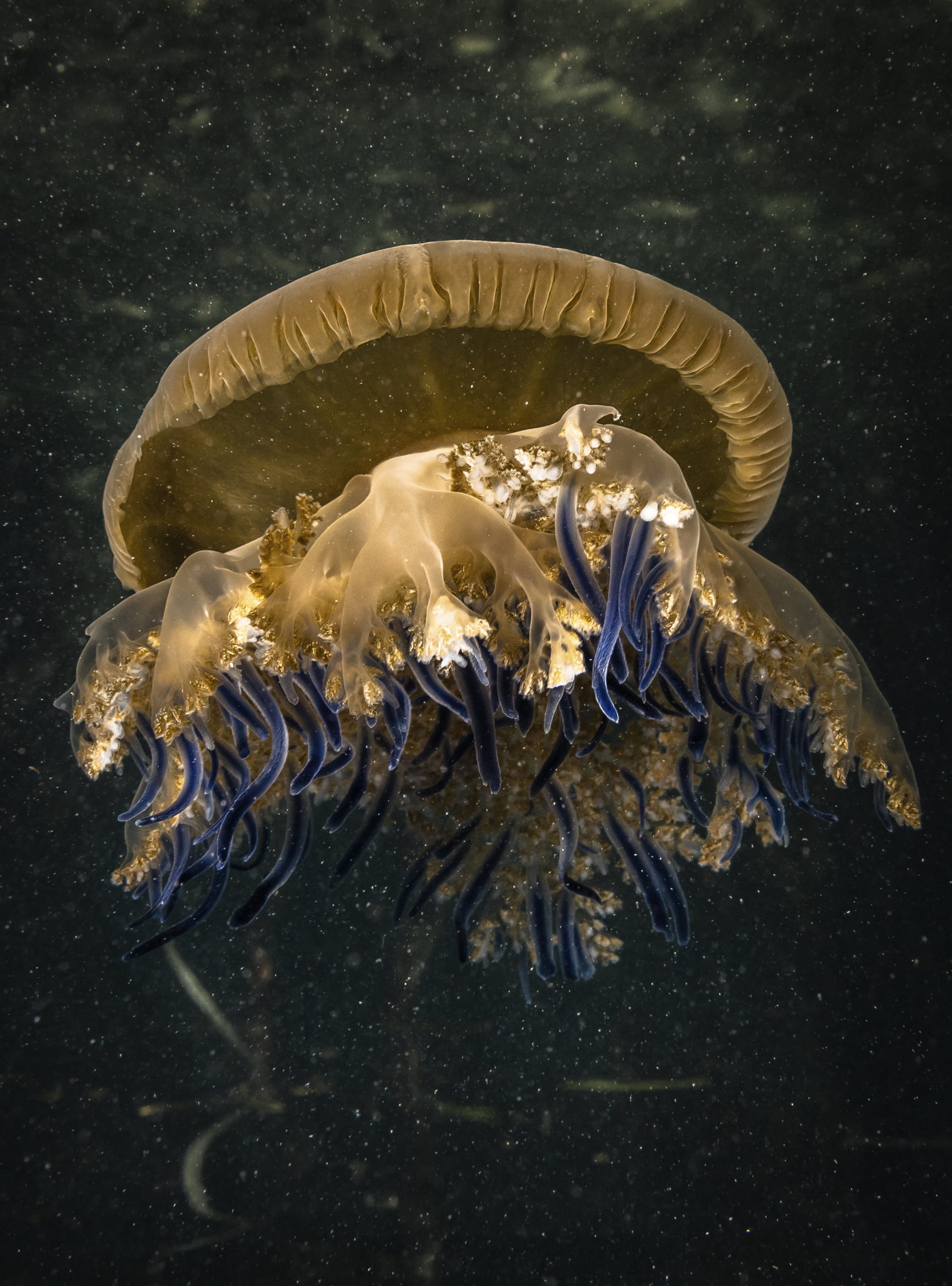
The book offers some hope. The ocean is resilient and will recover if given protection. The world currently protects just 8% of the ocean. There is an urgent need to expand this, Hamilton argues.
There is a big disjunction between the beautiful photos and the spectre of threats that imperil the ocean. This may lead readers to forget the book’s call to action as they flick through the teeming glory of ocean life in its pages.
Hamilton justifies this: “By presenting only the beautiful pictures I’m not trying to deceive myself, hiding the problems and pretending that everything is prefect. I’m just avoiding passing on a message with no hope that will get no audience.”
Whether or not you agree with his approach, these are beautiful photos.
